Investing Theme: Perpetual DEXs
Cryptocurrency enthusiasts are no strangers to leveraged trading. A significant portion of trading volume on prominent exchanges like Binance comes from futures trading. While engaging in futures trading on centralized exchanges may seem straightforward, the reality is that retail traders often find themselves manipulated due to trading against the exchange's trading desk and market makers they appoint. The prevalence of illiquid trading pairs on these crypto exchanges is also frequently exploited by whales.
In recent times, the crypto market has experienced a peak liquidity crunch, leading to a loss of trust in centralized exchanges (CEXs), a sentiment further exacerbated by the downfall of the once-leading FTX exchange.
Remarkably, even in the current bear market, the decentralized finance (DeFi) sector has not only grown but has also introduced new foundations to the industry. One of these novel foundations is the domain of Crypto Derivatives, which includes perpetual futures and options.
Perpetual futures, in particular, stand out as a highly sought-after product on Centralized Exchanges, contributing to a staggering monthly volume of over $1.6 trillion during current bear cycle. However, despite this demand, Derivatives DEXs have managed to capture just a mere 1.5% of the market share held by CEXs, underscoring the immense potential and opportunity that lies ahead for DEXs.
DEXs vs CEXs
Perpetuals Futures DEXs promise to address four significant issues faced by CEX based futures.
Market Manipulation
When we engage in trading on a CEX we are essentially trading against the exchange itself and its market maker. CEXs often prioritize their own gains, occasionally resulting in the liquidation of user positions. They also implement various manipulation tactics, such as inducing significant price wicks, to tilt the odds in their favor.
DEXs utilize smart contracts to settle trades on a public blockchain, offering a higher level of transparency and lowering the risk of manipulation.
No Revenue Sharing
CEXs are generating nearly $500 million in revenue every month from futures trading volume, retaining almost 100% of it, as they operate within a web2-centric business model.
On the other hand, DEXs distribute a significant portion of their trading fee income among liquidity providers and traders. In fact, certain DEXs even allocate 100% of their revenue to their liquidity providers.
Liquidity Constraints
Centralized exchanges typically exhibit deep liquidity for major pairs like BTC, ETH, and others. However, they often experience thin liquidity and wider spreads for many of the altcoins listed on their platforms. The low liquidity of these pairs is frequently exploited by whales for pump and dump schemes.
Automated Market Maker (AMM) based DEXs enable users to trade even in less liquid pairs by facilitating liquidity providers to offer liquidity in exchange for higher incentives.
Custodial Risks
Not your keys, not your coins.
Centralized exchanges control your private keys, effectively giving them control over your coins, which they can potentially misuse for their own benefit. This has been exemplified in cases like FTX, where customer funds were utilized to settle their debts.
In contrast, DEXs empower users to trade directly from their self-custody wallets, without the requirement to deposit assets into wallets controlled by the exchange. Users maintain continuous control over their assets while engaged in trading on a DEX.
Current Issues with DEXs
Perpetual DEXs offer key advantages over the CEXs discussed above, but they also encounter significant challenges related to liquidity, user experience, and regulatory aspects. Here are four major challenges faced by DEXs and how they could be addressed.
Liquidity
CEXs offer substantial liquidity for the majority of top trading pairs, resulting in smoother trades with minimal slippage. In contrast, numerous DEXs struggle with liquidity, leading to increased slippage in numerous trading pairs on these platforms.
The aggregation of liquidity from various sources and pools could potentially provide robust liquidity, reduce slippage, and enhance the overall trading experience.
User Experience
Setting up a trading account on a CEX is much easier for newcomers compared to DEXs, where new users need to learn a few things in advance before creating an account.
Intuitive interfaces enabled by account abstraction could greatly enhance the overall trading experience for users.
Connivence
CEXs are more convenient for users, as they don't need to worry about keeping their private keys secure and can access their funds whenever they want. On the other hand, when dealing with DEXs, the challenge lies in the self-custody of crypto assets, which can be difficult for many retail users. Many individuals struggle to keep their private keys safe and often end up losing them.
DEXs would become more convenient for users if they could recover their funds even after losing their keys. With account abstraction, this possibility could become a reality in the near future.
Limited access to Cross Chain Trading Pairs
On CEXs, you can seamlessly trade crypto tokens from various popular blockchain networks. However, on most DEXs, you're limited to trading only a few assets from a couple of blockchain networks. This creates friction for users who intend to trade both EVM and non-EVM compatible assets within a single trading interface.
Cross-chain trading, facilitated by cross-chain communication protocols like Layerzero, will address this issue and greatly enhance the user experience.
Design Goals for DEXs
Here are five design goals that need to be carefully planned out in any perpetual DEX.
Composability
Composability is one of the best features of DeFi. It allows different applications and smart contracts to interact with each other in a modular manner. In perpetual DEXs, composability could be achieved when trading, liquidity provision, and yield farming can seamlessly interact.
Liquidity
Liquidity is a major design component for DEXs. Liquidity can be obtained from liquidity providers through incentives. Additionally, liquidity aggregation from various sources can also enhance the overall liquidity on the DEX.
Token Incentives
Incentives are the backbone of the Web3 economy. Without fair incentives, building a DEX becomes challenging. Some DEXs allocate a certain supply pool for incentives, while others share incentives in the form of a percentage of trading fees collected by the DEX.
Trading Fees
Trading fees are a crucial design component as they play a decisive role for both users and liquidity providers in deciding whether to join the DEX or not. DEXs needs to strike the right balance between sustainability and user appeal in the long term. Offering additional trading discounts for token stakers and providing enhanced incentives for liquidity providers can catalyze the initial growth of a DEX.
UI/UX Design
UI/UX is the first impression of any DEX. By incorporating a gamified experience, offering learning quests, and enhancing customer support, DEXs can provide users with greater satisfaction.
Design Models for DEXs
DEXs are using two types of key design models to achieve above mentioned design goals.
Central Limit Order Book
The central limit order book is a commonly used standard design approach implemented by CEXs. DEXs have also embraced this concept, utilizing an off-chain approach for matching trades and settling trades onchain. In the central limit order book model, traders typically trade against centralized liquidity providers controlled by the exchange. Several projects are working to establish an on-chain order book by incentivizing liquidity providers to run order book nodes in a p2p manner. The central limit order book is one of the most intriguing primitives to keep an eye on within the perpetual DEX sector.
DYDX
dYdX is a prominent exchange that pioneered the Central Limit Order Book (CLOB) design approach in the world of perpetual DEXs. Through this design approach, dYdX offers a more familiar trading experience. Furthermore, dYdX is actively developing an L1 Chain using the Cosmos SDK, which will introduce an on-chain order book design.
ApolloX v1 serves as another notable example of CLOB-based DEXs. They also leverage off-chain trade matching to enhance performance scalability.
Automated Market Maker (AMM) AMM stands as the most popular design among DEXs. Users can directly trade on various trading pairs by connecting their self-custody wallet. Within AMMs, liquidity for trading pairs is provided by liquidity providers, who receive incentives for their participation. Liquidity providers are motivated to maintain liquidity as long as they continue to profit from swap fees, even considering the impermanent losses that can arise during price fluctuations.
Currently, there are three types of AMM designs utilized in perpetual DEXs: Constant Product, Concentrated Liquidity Pool, and Oracle-based. GMX pioneered the Oracle-based AMM design, which revolves around liquidity providers actively participating in trades against users. In this setup, when users incur losses, liquidity pools benefit, and they distribute the profits as incentives to liquidity providers.
GMX
GMX pioneered the concept of shared liquidity pools in AMMs. GMX employs multi-asset liquidity pools to optimize capital efficiency. Liquidity providers (LPs) acquire GLP tokens and stake them to participate in the market-making process. GLP holders receive 70% of protocol fees from GMX. To attain up-to-date market prices, GMX utilizes Oracle-based price feeds from Chainlink. ApolloX V2 is one the Top 5 AMM Based Perps DEX which offers the lowest slippage rate in the market right now.
ApolloX V2 is one the Top 5 AMM Based Perps DEX which offers the lowest slippage rate in the market right now.
Top Projects
DYDX
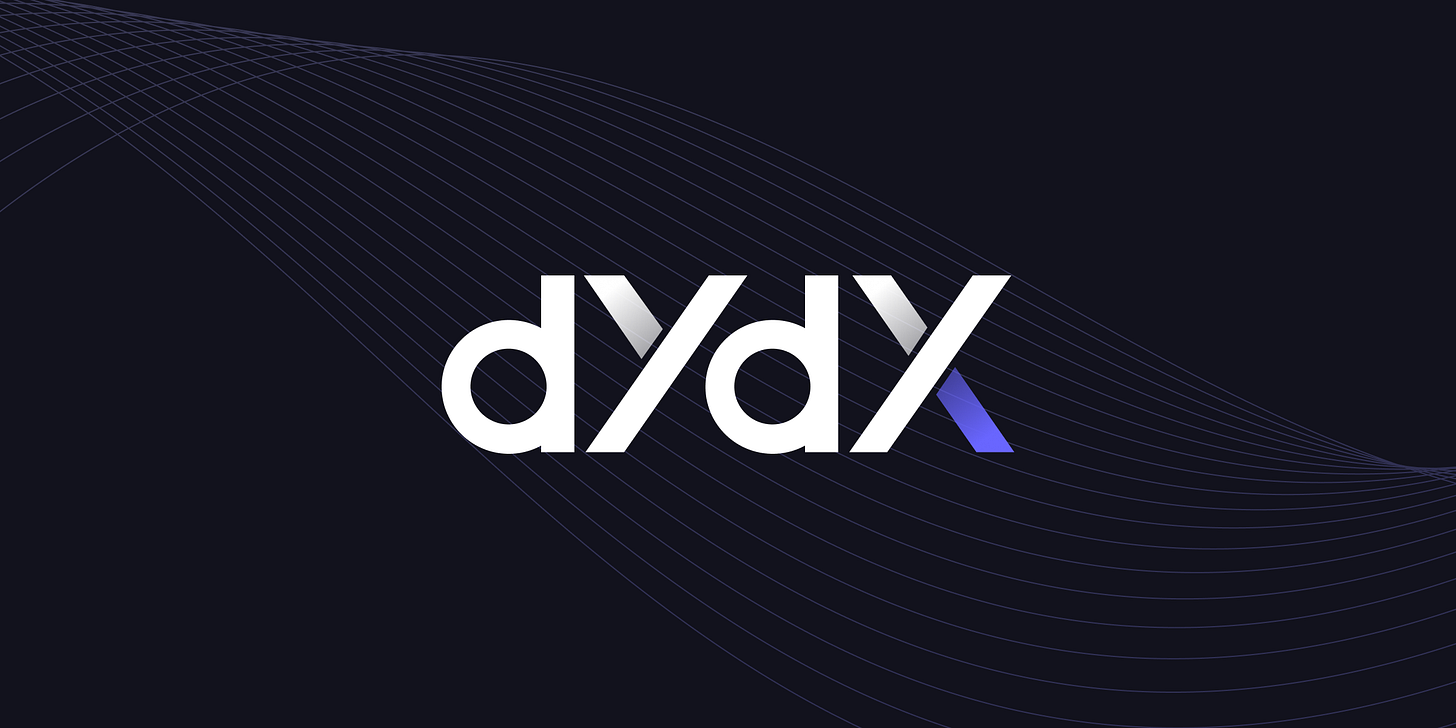
Design Feature: Central Order book using Offchain Trade Matching Engine
Supported Assets: Cryptocurrencies
Supported Blockchains: Ethereum
Unique Traders Count: 99,330
Total Value Locked: $341.2M
Trading Volume(30D): $15B
Fees(30D): $4.14M
Fees Growth(30D): -32.40%
Trading Fees: Maker fees upto 0.020%, Taker fees upto 0.050%
Main Token: DYDX
Fully Diluted Valuation: $2.17B
Circulating Supply: 17.32%
*Please Note: *Key metrics data were recorded on 24 Aug'2023.
GMX
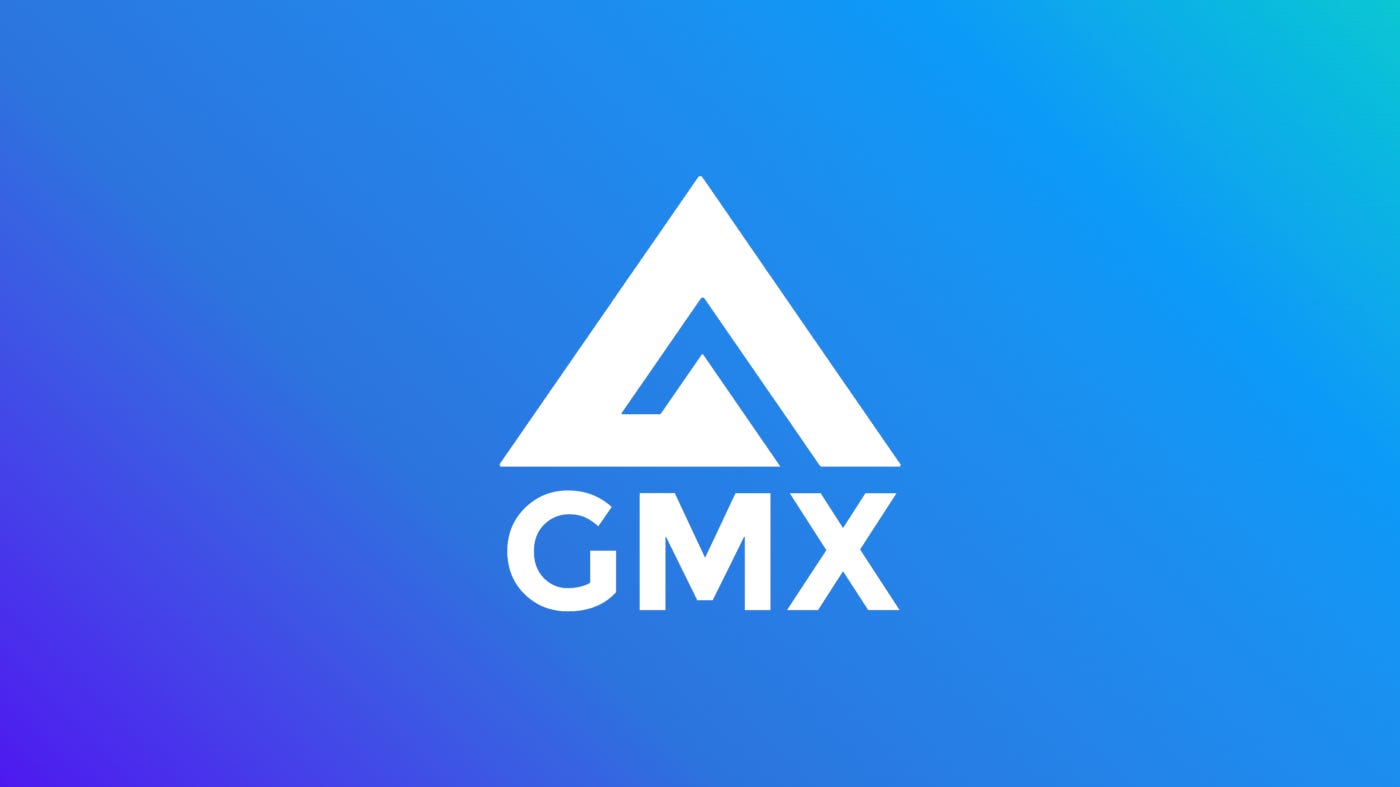
Design Feature: Oracle based AMM with Multi Asset Collateral
Supported Assets: Cryptocurrencies
Supported Blockchains: Arbitrum, Avalanche
Unique Traders Count: 119,110
Total Value Locked: $489.4M
Trading Volume(30D): $1.45B
Fees(30D): $4.69M
Fees Growth(30D): -34.70%
Trading Fees: 0.1% of The Position Size
Main Token: GMX
Fully Diluted Valuation: $492.4M
Circulating Supply: 67.66%
*Please Note: *Key metrics data were recorded on 24 Aug'2023.
MUX Protocol

Design Feature: Oracle based AMM with Cross chain Liquidity Provision
Supported Assets: Cryptocurrencies
Supported Blockchains: Arbitrum, BNB Chain,
Optimism, Avalanche, Fantom
Unique Traders Count: 13,956
Total Value Locked: $55.6M
Trading Volume(30D): $924.8M
Fees(30D): $750K
Fees Growth(30D): -56.60%
Trading Fees: 0.06% of the Position Size
Main Token: MCB
Fully Diluted Valuation: $33.68M
Circulating Supply: 79.18%
*Please Note: *Key metrics data were recorded on 24 Aug'2023.
Gains Network
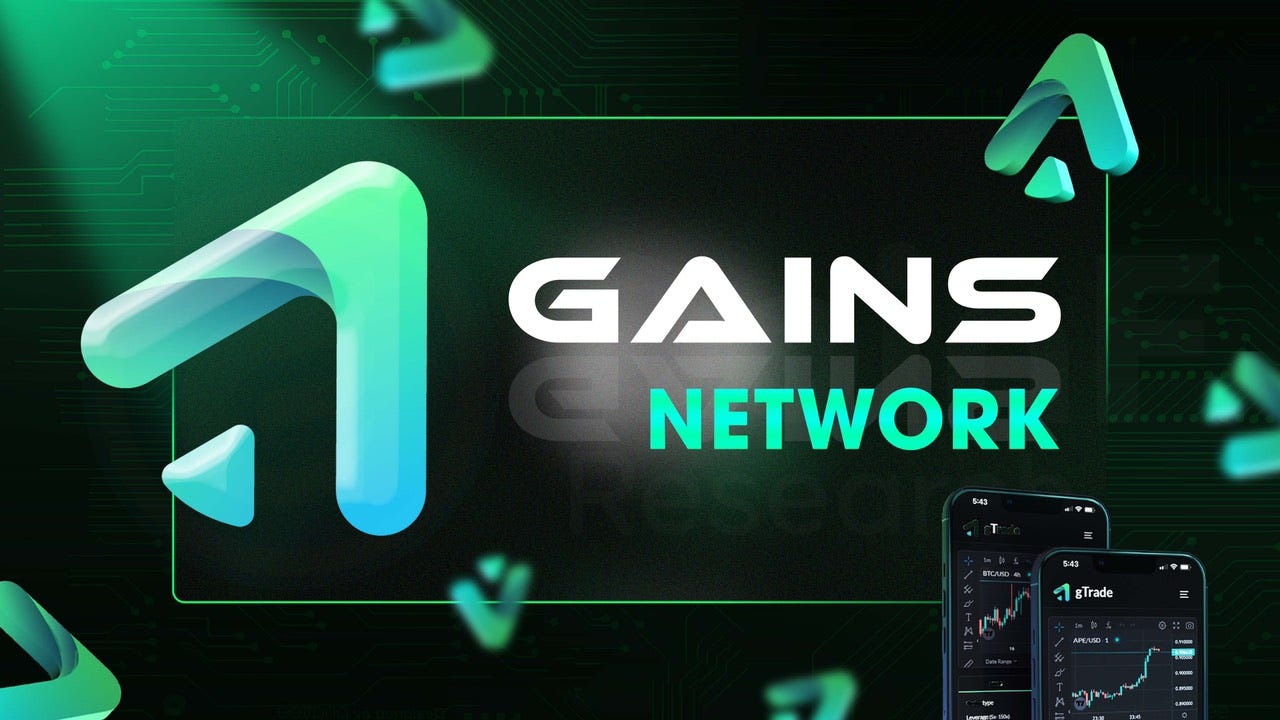
Design Feature: Oracle based AMM use gDAI vault for liquidity provision
Supported Assets: Cryptocurrencies, Commodities, Forex
Supported Blockchains: Arbitrum, Polygon
Unique Traders Count: 16,235
Total Value Locked: $43.3M
Trading Volume(30D): $1.88B
Fees(30D): $969K
Fees Growth(30D): -36.70%
Trading Fees: 0.08% of the Position Size
Main Token: GNS
Fully Diluted Valuation: $116.62M
Circulating Supply: 100%
*Please Note: *Key metrics data were recorded on 24 Aug'2023.
Level Finance
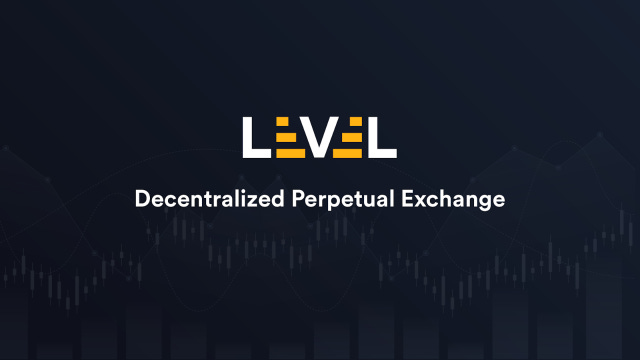
Design Feature: AMM with Different Risk Management Strategies for LPs
Supported Assets: Cryptocurrencies
Supported Blockchains: Arbitrum, BNB Chain
Unique Traders Count: 2,348
Total Value Locked: $18.94M
Trading Volume(30D): $376.7M
Fees(30D): $1.47M
Fees Growth(30D): -55.90%
Trading Fees: 0.1% of the Position Size
Main Token: LVL
Fully Diluted Valuation: $61.77M
Circulating Supply: 15.51%
*Please Note: *Key metrics data were recorded on 24 Aug'2023.
ApolloX Finance
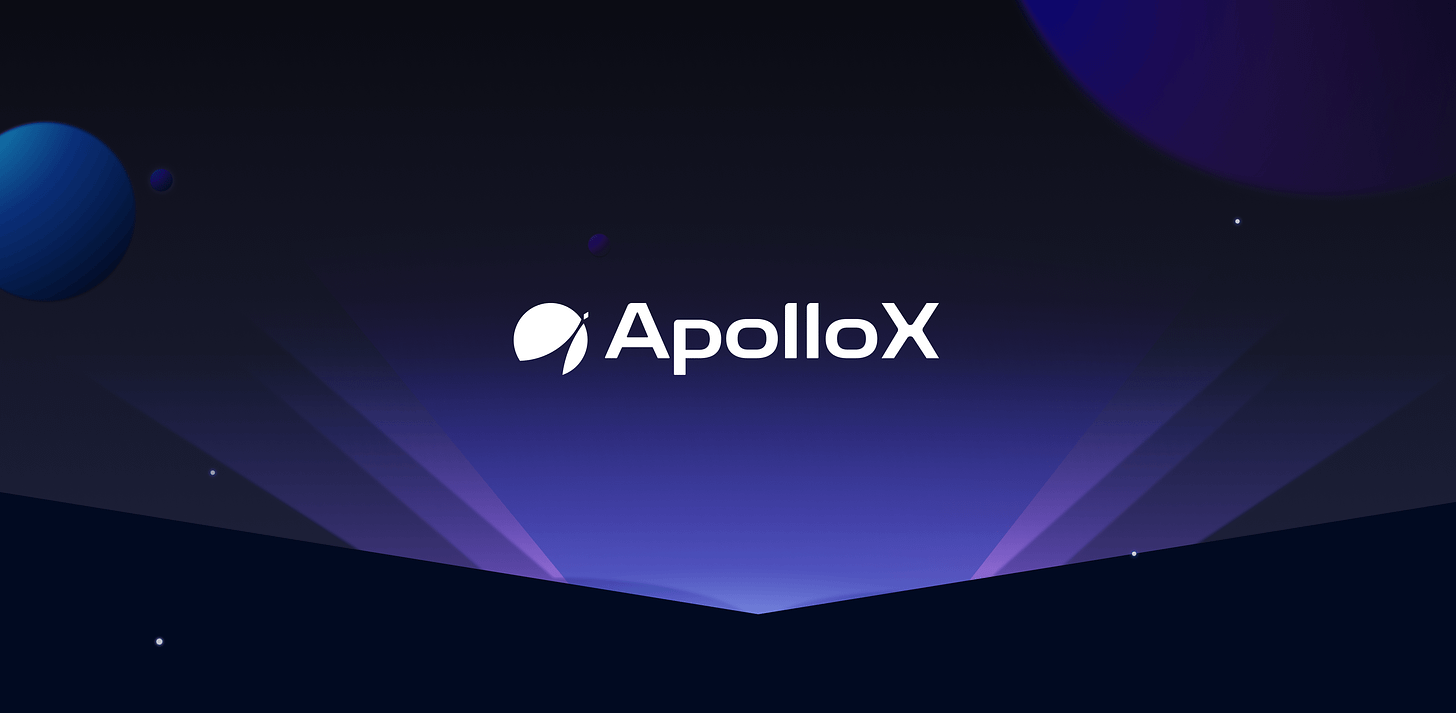
Design Feature: CLOB DEX,Oracle based AMM
Supported Assets: Cryptocurrencies, Forex(BNB Chain)
Cryptocurrencies (Arbitrum)
Supported Blockchains: Arbitrum, Ethereum,
BNB Chain, ZkSync
Unique Traders Count: 3,816
Total Value Locked: $40.86M
Trading Volume on V2(30D): $930M
Fees(30D): $351K
Fees Growth(30D): -34.70%
Trading Fees: Crypto: 0.08% of the Position Size (BNB Chain)
LP Token: APX
Fully Diluted Valuation: $96.9M
Circulating Supply: 11%
*Please Note: *Key metrics data were recorded on 24 Aug'2023.
HMX
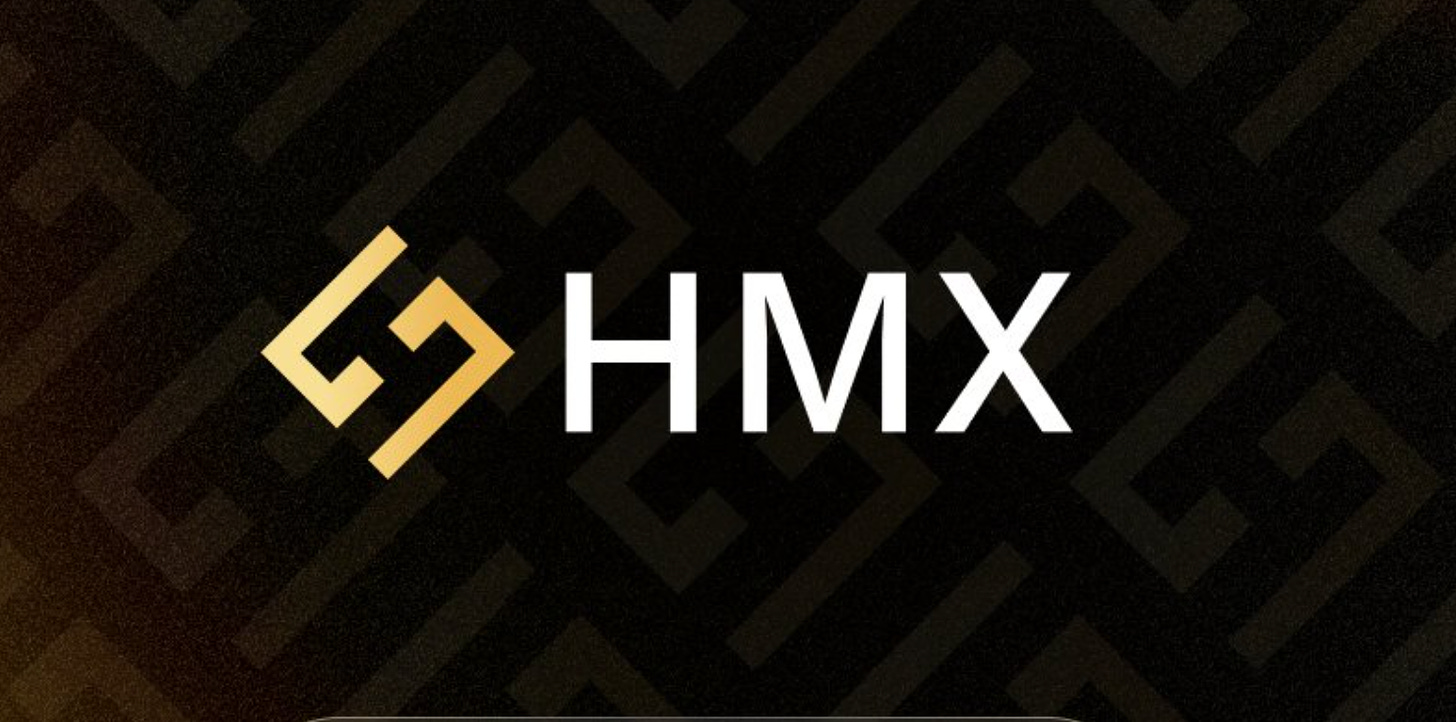
Design Feature: AMM with Multi Asset Collateral,
Cross chain Trading Support
Supported Assets: Cryptocurrencies, Equities, Forex, Commodities
Supported Blockchains: Arbitrum, Polygon
Unique Traders Count: 2,401
Total Value Locked: $15.77M
Trading Volume(30D): $1.1B
Fees(30D): $440K
Fees Growth(30D): +289%
Trading Fees: 0.04% of the Position Size
Main Token: HMX
Fully Diluted Valuation: $144.23M
Circulating Supply: 9.41%
Conclusion
Perpetual DEXs represent one of the most captivating investment categories within the crypto space at present. Venture capitalists and Smart retail investors alike are placing their bets on projects that prioritize user experience and liquidity in their product development. The onchain central order book (CLOB) design model is poised to dominate in the near future, giving an advantage to projects that are actively pursuing it. Many of these initiatives have opted to create their own sovereign chains using Cosmos SDK, such as Sei, Injective, Dydx, and Berachain.
ApolloX finds itself in a favorable position with its existing CLOB and AMM-based DEXs, as well as its strategy of collaborating with additional partners through technology outsourcing. Considering that they have reserved a significant portion of their token supply for future innovations, there's potential for them to explore launching an onchain CLOB DEX on their independent chain.
Overall, my outlook is bullish on the future of decentralized perpetual futures DEXs. I anticipate their market share to rise from the current 1.5% to potentially around 25% in the next bull cycle. Users are increasingly placing their trust in DEXs over CEXs, particularly in light of recent incidents such as the FTX collapse. Both CLOB-based and AMM-based DEXs are likely to coexist, making ApolloX an excellent fit due to its focus on both design models.
Disclaimer: The information contained in this report is based on data available up to 24 Aug 2023. It is intended for informational purposes only and should not be considered as financial or investment advice. Readers are encouraged to conduct their own research and seek professional advice before making any investment decisions.























